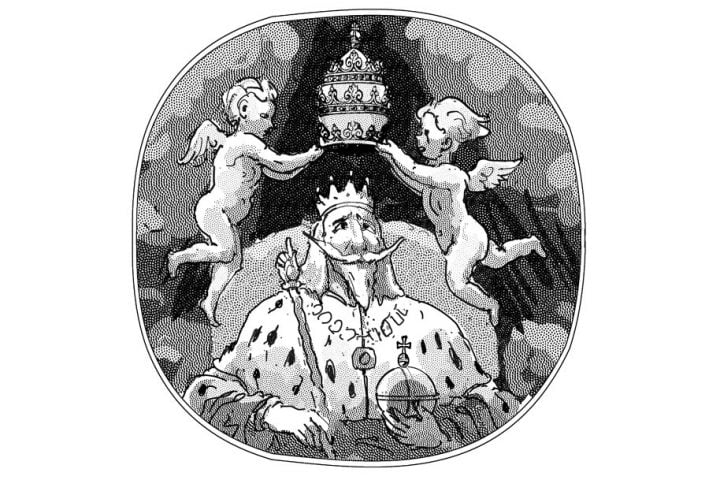Discussed in this Essay
The new TV series Normal People was expected to be popular even before the COVID-19 pandemic. But when it debuted on Hulu in April, so many people were sequestered at home that this absorbing love story, based on the best-selling novel published in 2018 by Irish author Sally Rooney, proved especially resonant. It’s hard to gauge these things, but I would like to think one reason for the success of Normal People is that, unlike most of the streaming fare currently touted as “binge-worthy,” it doesn’t mindlessly recycle the clichés of contemporary sex mores. Instead, it contains deeper echoes—in particular, of the ancient Celtic myth of Tristan and Isolde, widely regarded as the Western world’s first romance.
The myth begins in Cornwall, where Tristan, the nephew of King Mark, slays the Irish giant Morholt, who is seeking tribute in the form of Cornish youths and maidens. Badly wounded, Tristan flees in a boat that drifts across the Celtic Sea to Ireland, where he is nursed back to health by Isolde, the daughter of the queen. As it happens, the Irish queen is the sister of Morholt. So, hiding his identity, Tristan sails back to Cornwall. All is well until King Mark receives an omen telling him to marry Isolde, and Tristan is sent to Ireland to fetch her. During the return journey, their boat is becalmed, and to slake their thirst the pair drink








